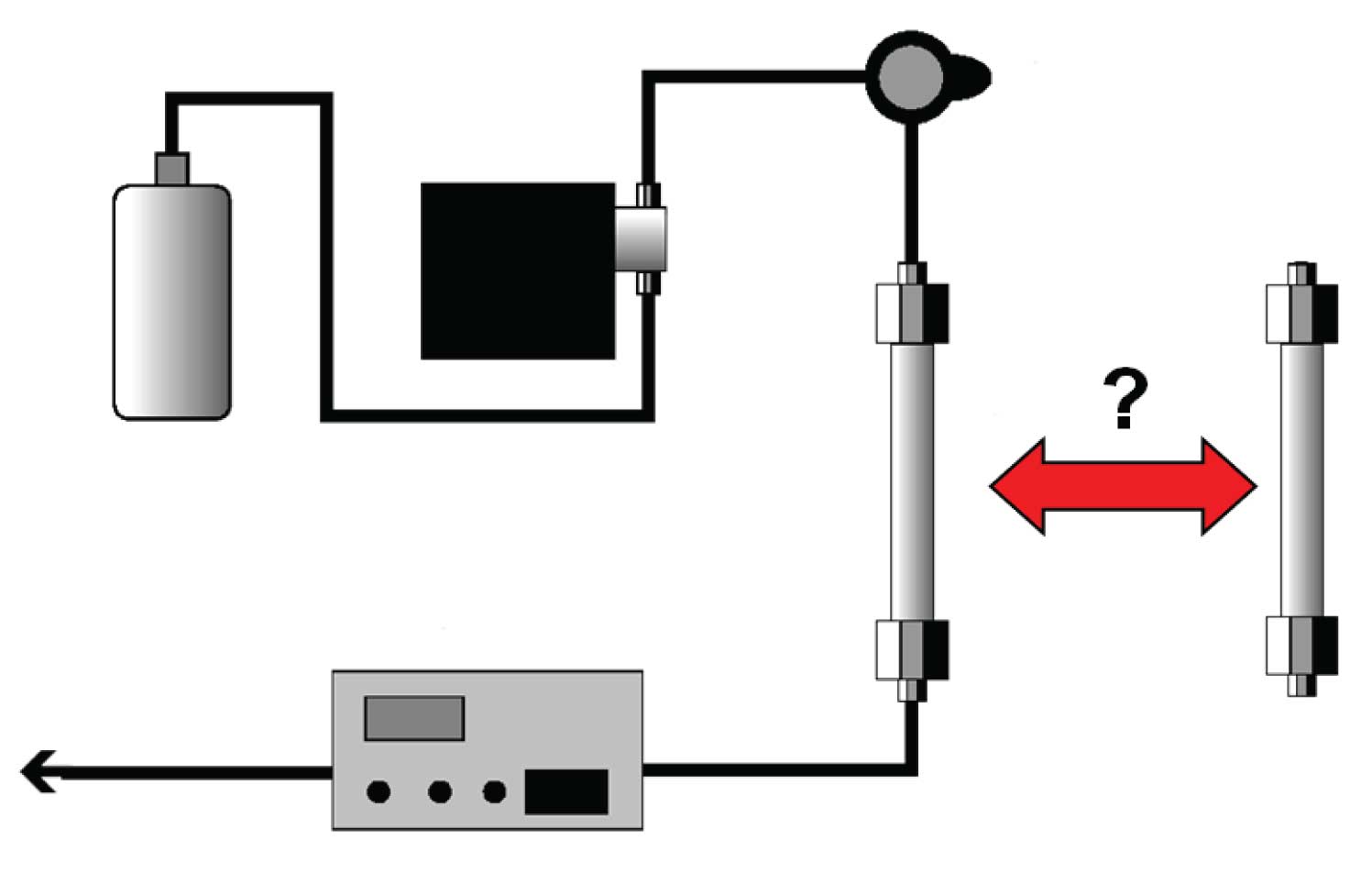A reader asked me if she was in danger of shortening the lifetime of an HPLC column by removing it after each batch of samples and storing it. This also raised the related question about expectations of shorter column lifetimes if the same instrument was used for multiple methods, each with a different column.
Can Improper Storage Affect Column Longevity?
The simple answer is that most columns can be stored indefinitely without concern about deterioration. By “indefinitely,” I mean months, but probably not years – there are slow chemical changes that go on with any column over time. It really doesn’t matter whether you store the column on the instrument or in a box on the shelf – the environment in the column will be the same in either case, assuming the column is filled with the same solvent. There are a few general rules that should be followed, however.
Essential HPLC Column Storage Practices
Proper column storage practices are critical to maintain functionality and avoid premature deterioration. Following these basic storage guidelines can help you avoid common HPLC maintenance issues.
Removing Salts and Buffers Before Storage
Leaving a column unattended while containing salts and buffers is not a good idea. If any mobile phase evaporation occurs, salts will be left behind, and these will be nearly impossible to redissolve. Also, it is not a good idea to store the HPLC system with buffers in it – they can be corrosive or leave solid deposits. So flush out the column with non-buffered mobile phase before you shut down the system. For example, if you are using 40/60 methanol/buffer, flush the system with 20-30 mL of 40/60 methanol/water to remove any buffer residues.
Daily Storage Considerations for Ion Pairing Reagents
My exception for the removal of buffers is when ion pairing is in use. Ion pair reagents are very slow to equilibrate – perhaps 20-50 or more column volumes (>50 mL) will be needed. For this reason, it may be inconvenient to re-equilibrate for each use when the column is used daily. Instead, leave the mobile phase in the column, remove the column and insert the plugs in the ends of the column, use a piece of jumper tubing to connect the autosampler and detector, and flush the HPLC hardware to remove any ion pair reagents or buffer. Column lifetimes are expected to be shorter anyway with ion pairing methods, so it isn’t likely that such storage practices will give noticeably shorter column lifetimes. An alternative is to leave the column in the system and set a very low flow rate (e.g., 0.1 mL/min) so that fresh mobile phase is flushed through the column continuously.

Using Organic Solvents for Long-Term Storage
Maintaining a column in organic solvent helps protect it from contaminants and ensures longevity. The column should be stored in at least 30% organic solvent. We’re assuming reversed-phase chromatography here, so that would generally be >30% methanol or acetonitrile. This is to keep microorganisms from growing in the column and system hardware. I find that it is most convenient to flush the column, as above, to remove buffers and salts, then convert to 100% organic, flush the column and leave the system for its next use.
When to Store Columns On or Off the System
Whether to keep a column on the system or store it off the system depends on factors like frequency of use and methods. It really doesn’t matter if the column is left attached to the HPLC system or not. Or whether it is removed and the system is used for other methods. The main practices are to remove buffers and salts, store in sufficient organic to prevent microbial growth, and avoid conditions that allow for mobile phase evaporation (see HPLC Solutions #78).
This blog article series is produced in collaboration with John Dolan, best known as one of the world’s foremost HPLC troubleshooting authorities. He is also known for his research with Lloyd Snyder, which resulted in more than 100 technical publications and three books.




